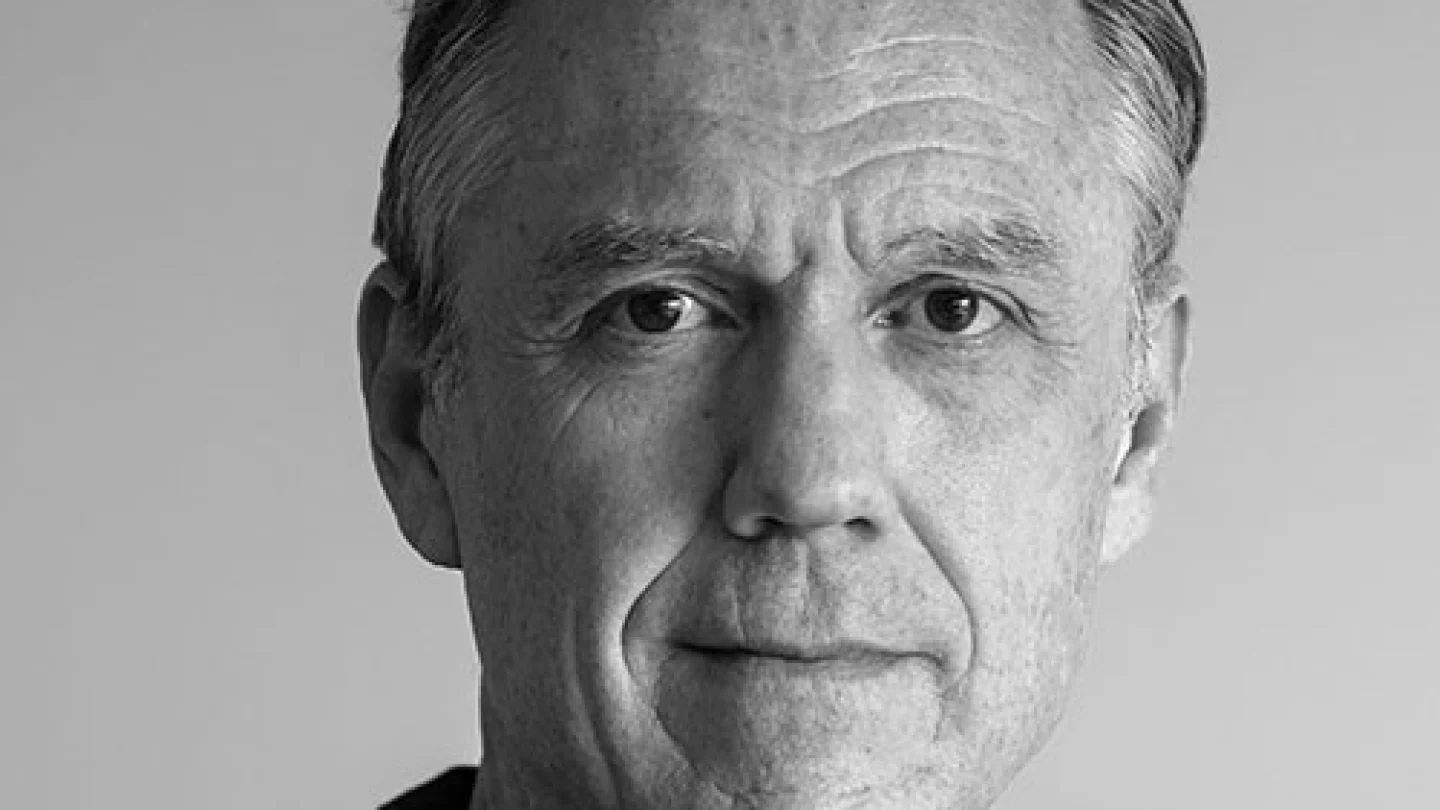You’ve spent over 25 years shaping commercial and organizational strategies and driving operational excellence across industries. Looking back, what core principles have consistently guided you through such a diverse leadership journey?
Across more than 25 years of leading diverse teams and transformations, three principles have consistently anchored my leadership: clarity of purpose, discipline in execution, and respect for people.
Early in my BCG years, I saw how even the most complex initiatives succeed when the “why” is clearly understood. At Teneo and Marketbridge, I learned that disciplined execution—embedding measurable KPIs and transparent reporting—turns strategy into results. But throughout every phase, the constant has been investing in people: building environments grounded in trust, curiosity, and accountability; building businesses people find rewarding to join and stay with to deliver a common mission.
No matter the organization’s scale or ownership structure, success comes down to aligning around purpose and enabling people to perform at their best. These principles have guided me through integration, growth, and transformation efforts—and they continue to shape how I lead today. These principles have allowed me to navigate industries, ownership structures, and global markets with consistency and integrity while still adapting to each organization’s unique rhythm and culture.
No matter the organization’s scale or ownership structure, success comes down to aligning around purpose and enabling people to perform at their best.
You’ve led large-scale, cross-functional transformation efforts, from change management to post-merger integrations. What do you see as the single most underestimated challenge leaders face when trying to sustain transformation momentum?
The most underestimated challenge in sustaining transformation momentum is what I call the “game of telephone.” In times of uncertainty, people fill information gaps quickly—often inaccurately. During integrations or reorganizations, I’ve seen hours of productivity lost as employees compare notes, speculate about future plans, and worry about their roles. Today’s digital tools amplify both communication and misinformation at record speed.
At BCG, for our client work, we saw project timelines extend significantly when teams struggled to address employees’ concerns and sense of uncertainty. In some cases, people didn’t know if they would hold on to their jobs, which made communication around goals, struggles, and next steps even more critical. Senior managers who openly shared what they knew—and what they didn’t—made far better progress than those who kept communication close to the chest. Transparency didn’t just reduce confusion; it restored confidence and momentum in these transformations.
Early transformation phases often have clear milestones and executive attention, but sustaining momentum requires emotional endurance and renewed inspiration after the “launch glow” fades. In my experience leading multi-year integrations and organizational redesigns, the key was embedding purpose into everyday work—connecting each person’s role to tangible outcomes, celebrating incremental wins, and maintaining two-way communication loops. True transformation endurance comes when teams internalize the mission as their own and see themselves as active architects of change rather than recipients of it.
Leaders who recognize this human dynamic and commit to overcommunication are the ones who maintain traction. Transparency builds trust, and trust fuels momentum. I’ve found that “Ask Me Anything” forums, open Q&As, and consistent updates—even when all answers aren’t yet known—are invaluable. Sustaining transformation isn’t just about project management; it’s about energy management. Honesty, empathy, and availability keep people focused on purpose instead of rumor, ensuring momentum lasts long after the initial announcement.
During times of disruption and organizational redesign, communication and empathy are essential—employees want to know their work matters, that their leaders have a plan, and that they’re part of the journey—strengthening the connection between leadership and team members through open communication, targeted development programs, and recognition of contributions at every level.
Operational excellence is often seen as a balance between efficiency and innovation. How have you successfully fostered both in organizations undergoing major change?
Operational excellence has always been about creating space for innovation—not choosing one over the other. A clearly defined strategy for both growth and margin goals provides the foundation. One of my favorite lessons from BCG is that “what gets measured, gets done.” Establishing tangible performance metrics and a reporting cadence creates discipline; pairing that with empowerment and recognition fuels creativity.
I’ve always focused on coupling financial rigor with forums that encouraged teams to identify smarter, faster ways of working—whether through automation, client process improvements, or internal collaboration tools. I also believe recognition is a powerful accelerant. Spotlighting colleagues who embody both efficiency and ingenuity reinforces that operational excellence and innovation can coexist. The goal isn’t just to make things leaner; it’s to make the organization more adaptive, agile, and motivated to continuously improve.
In my various Chief Operating Officer roles—working on rolling up a series of acquisitions into a new entity or standing up shared services, I viewed efficiency as the foundation that freed up bandwidth for creativity and redirected resources toward leadership development and improved client service programs. The balance lies in designing structures that are rigorous enough to deliver consistency but flexible enough to adapt quickly. Efficiency gives you predictability; innovation gives you resilience. When both coexist, the organization operates with discipline but evolves with agility.
Human capital management has been a recurring theme in your work. What lessons have you learned about unlocking talent potential during periods of disruption and organizational redesign?
I have spent my entire career in building and leading professional services firms. In professional services, people are the business. Periods of disruption can be defining moments for talent—if managed well. Through multiple integrations and large-scale redesigns, I’ve learned that talent thrives with transparency and empowerment.
Building trust starts with the first candidate interaction and continues long after someone leaves the firm. I’ve always seen employment as a long-term relationship, not a transaction. During times of disruption and organizational redesign, communication and empathy are essential—employees want to know their work matters, that their leaders have a plan, and that they’re part of the journey—strengthening the connection between leadership and team members through open communication, targeted development programs, and recognition of contributions at every level. Creating an environment of “we’re in this together” turns disruption into a shared mission. When people feel supported, they unlock their full potential and, in turn, drive organizational resilience. When they know the big picture, they can begin identifying opportunities within it for themselves. For example, you can rebuild your career framework that encourages mobility across departments or geographies. The lesson: people rise to the occasion when they have clarity, trust, and the right tools. Talent flourishes not because uncertainty disappears, but because they feel capable and supported navigating it.
During my time at BCG, I witnessed this philosophy come to life in the way the firm approached career development and evaluations—particularly within the Industrial Goods Practice Area, where I served as the Global Practice executive director. The time and care teams dedicated to reading evaluations, discussing feedback, and thoughtfully considering promotion decisions were truly a best practice. Few organizations I’ve worked with invested so deeply in understanding their people—their strengths, growth areas, and aspirations. This deliberate attention to development not only strengthened individuals but also fostered a deep sense of loyalty to the firm.
With decades of experience in organizational strategy and growth, what advice would you give CEOs and boards seeking to embed resilience and agility into their organizations in today’s volatile business landscape?
In today’s business environment, volatility is a constant—the “unknown unknowns” are part of every leadership agenda. True resilience comes from accepting that reality and designing organizations that can adapt fluidly. In other words, resilience and agility are no longer traits, but strategic capabilities we should focus on building. We need to treat them as such: design for them, measure them, and most importantly, model them.
Structurally, this means diversifying decision-making and encouraging cross-functional dialogue—creating an environment where insights surface quickly and decisions accelerate. Culturally, it means creating room for experimentation—not every initiative will succeed, but each should generate learning. I encourage CEOs and boards to make space for curiosity: dedicate time to understanding macro shifts, invite dissenting perspectives, and discuss what implications those might have for strategy.
Leaders must also model this mindset themselves. When they approach ambiguity with openness rather than fear, it cascades through the organization. Resilience and agility aren’t about eliminating risk; they’re about turning uncertainty into an advantage by fostering a culture of learning, adaptability, and accountability. In my work with global firms and private equity owners, the most agile organizations are those where data and decision rights flow freely, where scenario planning is continuous, and where leadership views experimentation as disciplined learning, not risk-taking. Finally, when boards and CEOs normalize change as a constant, agility becomes less of a muscle to be trained and more of a mindset embedded in the organization’s DNA.



